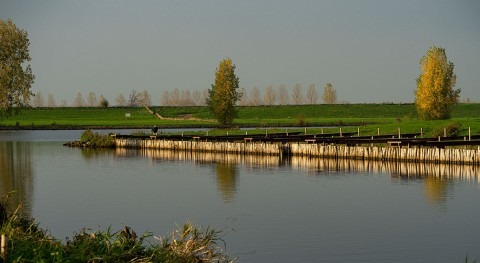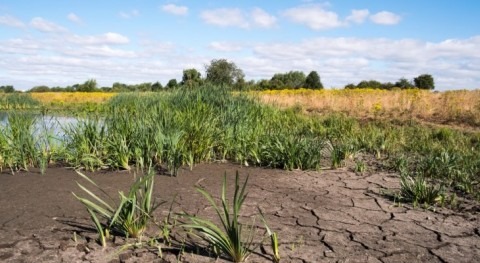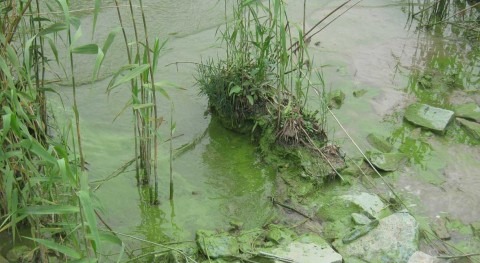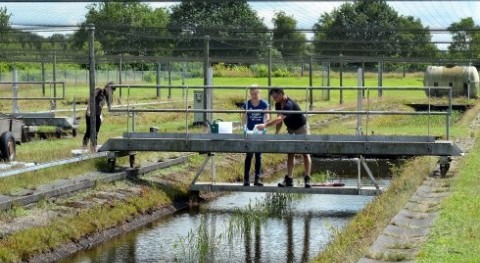Researchers have laid the basements for a forecast system to foresee the drought impacts a few months ahead. This system will make it possible to take measures in time to manage the consequences of droughts, for instance for shipping, agriculture and nature. A research team from Wageningen University & Research and colleagues from Utrecht and Freiburg published their findings in Nature Communications.
In 2018 and 2019, extended areas in Europe suffered again from severe droughts, which are projected to become more frequent because of climate change. Seasonal drought forecasts are urgently required to timely take measures to reduce drought impacts, e.g., on ecosystems, water-born transport, agriculture, electricity production.
Forecasting drought impacts two to four months ahead
In a pan-European study, the Wageningen researcher Samuel Sutanto and colleagues from the University of Utrecht and Freiburg, Germany, found that forecasts of drought impacts, instead of drought hazards, are possible with substantial skill, two to four months ahead and in some cases even longer. They demonstrate this by forecasting drought impacts, among others, on water-born transport, public water supply, water quality and ecosystems in German regions. The research team has carried out this study in the framework of the EU H2020 project ANYWHERE—enhancing emergency management and response to extreme weather and climate events.
Seasonal drought impact forecasting
It is important that water managers and stakeholder will become experienced with seasonal drought impact forecasts. Focus of water-related sectors should be on forecasts of soil moisture, groundwater, and river flow, rather than on precipitation and temperature forecasts. To be useful, these hydrological forecasts have to be translated into impacts on several sectors. The latter is only feasible if databases with reported historic drought impacts are available (e.g., the European Drought Impact Inventory (EDII) or the US Drought Impact Reporter (DIR)). Such databases should be well-populated, including an adequate spatial and temporal coverage. It appears, for instance, that drought impact forecasting is still impossible for many European regions because of lacking impact data. If seasonal drought impact forecasting becomes feasible in a region, then this needs to be implemented in a Multi-Hazard Early-Warning System. Furthermore, methods to develop drought impact forecasting should be improved, which implies that it should get higher priority on the research agenda (national, EU).
About the study
The research team used the European Drought Impact Inventory (EDII) that includes thousands of historic drought impact reports for several sectors. A machine-learning technique was applied to connect the impacts in a certain month in the past to drought indices from that time, e.g., the Standardized Precipitation Index (SPI)). In this way, a relation between the impact on a certain sector and drought indices was obtained for each European region that has sufficient impact reports in the EDII.
In the next step, historic seasonal forecasts of the runoff and precipitation (up to seven months ahead), which are available in the archive of the European Centre for Medium-Range Weather Forecasts (ECMWF), have been used to calculate drought indices (e.g., SPI) for each month in the period 1990-2017. Next, the above-mentioned relations and the historic seasonal forecasts of monthly drought indices were applied to forecast drought impacts for selected regions across Europe (in this study: Germany), for specific sectors and for each month in the period 1990-2017. Eventually, the drought impact forecasts, up to seven months ahead, were compared with the observed impacts for these regions. This led to the conclusion that drought impacts forecasts have substantial skill, up to two to four months ahead, and in some cases, even longer.











